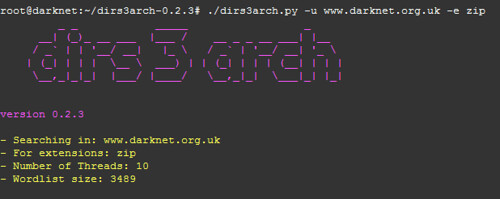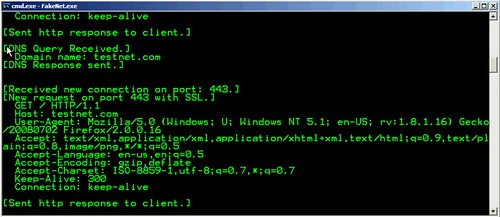How to Detect Hidden Camera in Trial Room
How to Detect Hidden Camera in Trial Room?
In front of the trial room take your mobile and
make sure that mobile can make calls........
Then enter into the trail room, take your mobile and
make a call.....
If u can't make a call......!!!!
...There is a hidden camera......
This is due to the interference of fiber optic cable
during the signal transfer......
Please forward this to your friends to educate this
issue to the
public......To prevent our innocent ladies from
HIDDEN CAMERA...........
Pinhole Cameras in Changing Rooms of Big Bazaar,
Shoppers Stop?
A few days ago, I received this text message:
Please don't use Trial room of BIG BAZAAR there
are pinhole cameras to make MMS of young girls.
So, please forward to all girls. Also forward to all
boys who have sisters and girlfriends.
Don't be shy in forwarding this message. Because
its about protecting the integrity of all girls &
ladies.
HOW TO DETECT A 2-WAY MIRROR?
When we visit toilets, bathrooms, hotel rooms,
changing rooms, etc., How many of you know for
sure that the seemingly ordinary mirror hanging on
the wall is a real mirror, or actually a 2-way mirror
I.e., they can see you, but you can't see them.
There have been many cases of people installing 2-
way mirrors in female changing rooms or bathroom
or bedrooms.
It is very difficult to positively identify the surface
by just looking at it. So, how do we determine with
any amount of certainty what type of Mirror we are
looking at?
CONDUCT THIS SIMPLE TEST:
Place the tip of your fingernail against the reflective
surface and if there is a GAP between your
fingernail and the image of the nail, then it is a
GENUINE mirror.
However, if your fingernail DIRECTLY TOUCHES the
image of your nail, then BEWARE, IT IS A 2-WAY
MIRROR! (There may be someone seeing you from
the other side). So remember, every time you see a
mirror, do the "fingernail test." It doesn't cost you
anything. It is simple to do.
This is a really good thing to do. The reason there
is a gap on a real mirror, is because the silver is on
the back of the mirror UNDER the glass.
Whereas with a two-way mirror, the silver is on the
surface. Keep it in mind! Make sure and check
every time you enter in hotel rooms.
Share this with your sisters, wife, daughters,
friends, colleagues, etc.
Pass this message to all Ur friends in the Contacts.
Please Share
Thank You




